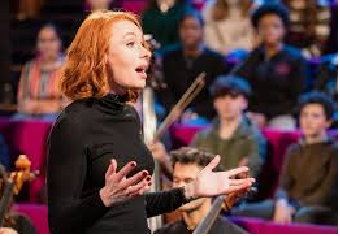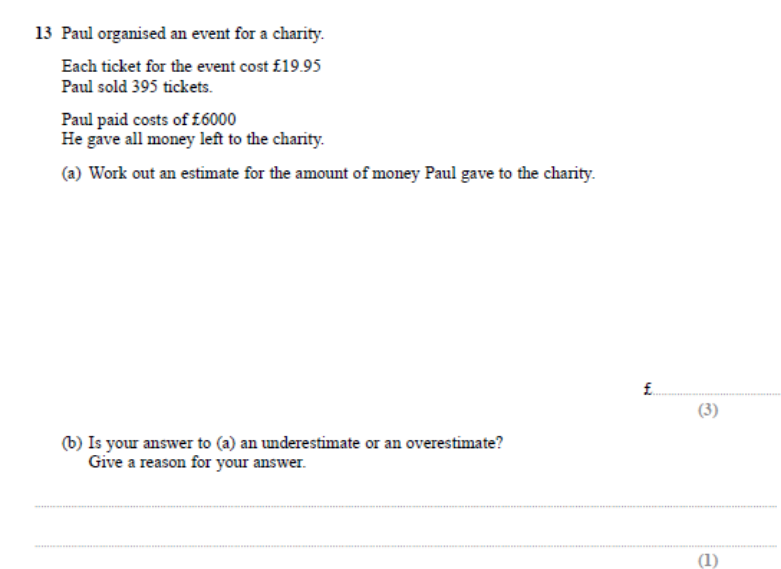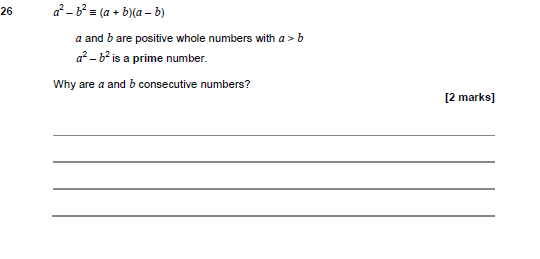Every year at Christmas, The Royal Institution Christmas Lectures are a series of lectures aimed at older children, perhaps aged 11 to 14. Each year these lectures are on a different Scientific theme. When I was at the target age, they were an important part of my own Christmas experience. There was a break from televising them, but they reappeared on the schedules a few years ago. Now they are part of my tradition again. This year I was excited to learn they were on
a maths theme, and the lecturer was to be one of my favourite YouTube Mathematician, Dr Hannah Fry.
Do the current lectures match my memories as a kid?
Well, there are ways in which they can’t! For me they were an intrinsic part of visiting my Grandparents after Christmas, and of course, I’ll never watch them as part of the target audience again. There are now only three lectures each year, compared to six in my youth.
I give that as background, so that my initial impression makes more sense, which was that this year’s lectures seemed to cover a lot of ground. There was a dizzying pace from one example, experiment or set piece to the next, with the Mathematics explained only at a surface level.
Rewatching for this post, I found I enjoyed the lectures more second time round. Dr Fry’s purpose for her talks was, I think, to show what Maths can do rather than how it could do it. I think the lecturers in my Christmas memories went deeper, but perhaps that was a trick of perspective.
The Hidden Power of Maths
The subtitle of this year’s talks was ‘The Hidden Power of Maths, and if my concern was that a lot of the Maths did stay hidden, Dr Fry did give a lot of examples of how maths effects our lives today.
I think her greatest success was to encourage her audience to appreciate that Maths isn’t just about numbers. As she says early in the first lecture, “Maths can offer a new way of looking at almost anything.” She gives many interesting examples of where Maths can be used. Like Crowd control, weather forecasting, disease control and football tactics. That was all in the first lecture.
The idea of an algorithm was explained well
In the middle episode, Fry made a good job of explaining the idea of an algorithm. They are good at solving a Rubik’s cube. They are less good at recognising a dog as a dog, and in making a cup of tea. Instructions to a machine have to be very specific in definitions and what to include
I thought the final talk was the better for not trying to cover so many examples. It opened with a spectacular cycling stunt, and closed with some examples of how maths can be used to fool us with fake news and fake music. I confess I found it very hard to tell the fake music from the real.
Despite my reservations on the breakneck speed, I would still recommend The Royal Institution Christmas lectures to any Maths student. They are available on YouTube.



 I think what is interesting about this question is that its unlikely the student has seen a question quite like this before.
I think what is interesting about this question is that its unlikely the student has seen a question quite like this before.